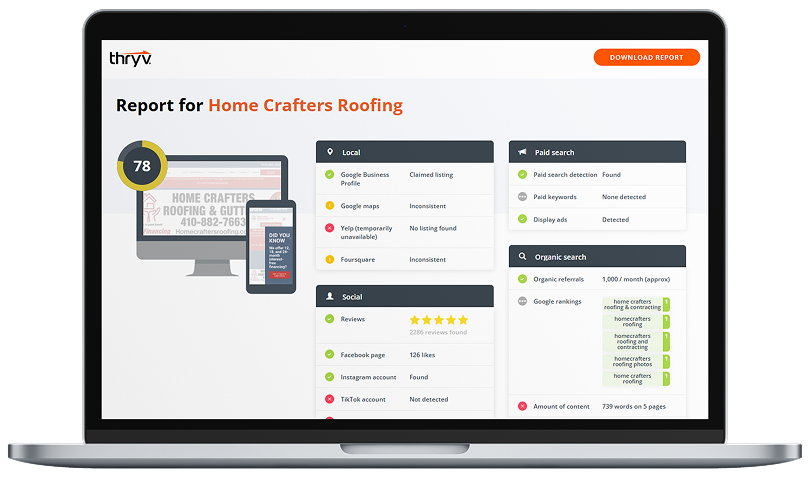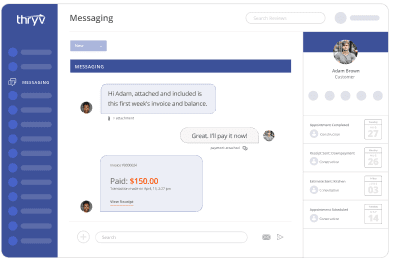If you’ve ever seen the term “Net 30” on an invoice and had to do a quick Google search, you’re not alone. It’s one of those phrases of business jargon that gets tossed around in vendor contracts and payment terms, but rarely explained in plain English.
At first glance, it might just look like another number on a bill. However, Net 30 is a common and powerful financial tool that can impact how you manage cash flow, build business credit, and work with suppliers or clients.
In this article, we’ll explain what Net 30 means, how it works in real-world scenarios, and whether your business should embrace or avoid it. Whether you’re a new business owner just trying to keep the lights on or looking to improve how you handle payments and vendor relationships, this guide will help you understand the value and the risks of Net 30 terms.
What does Net 30 mean?
“Net 30” simply means you have 30 days to pay a bill.
If a company sends you an invoice (a payment request) marked “Net 30,” they’re saying you have 30 calendar days, starting from the date on the invoice, to pay the full amount. As long as you pay within that time, there are no extra fees or penalties.
You’ll often see this term in business-to-business (B2B) transactions, which just means deals between two companies, like a store ordering products from a supplier, or a contractor hiring a graphic designer. Net 30 is like getting something now and paying for it later, without interest. It’s essentially a short-term loan with no bank involved and no interest added, just trust between businesses.
What is a net 30 account?
A Net 30 account is an agreement between your business and a vendor (or supplier) where you can pay for goods or services up to 30 days after getting the bill, instead of paying upfront.
Here’s a simple example to show how it works:
- You run a small coffee shop.
- You order cups, lids, and napkins from a supplier.
- The supplier offers you Net 30 terms.
- They ship the supplies immediately and send you an invoice dated April 1.
- You now have until April 30 to pay the bill in full with no interest or late fees (as long as you pay on time).
This setup can be particularly helpful if your business requires time to sell products, generate revenue, or manage its cash flow more efficiently. It gives you a little breathing room.
Some suppliers even report your payments to business credit agencies, so if you pay on time, you’re not just staying in good standing with that vendor — you’re also helping to build your business credit score, which can open doors to better financing or terms down the road.
Net 30 vs. Prepay
So, how does Net 30 compare to prepay terms? Net 30 terms favor the buyer’s cash flow because you get to use the goods or services first and pay later. Prepay terms are stricter and less flexible, often used when vendors want to minimize risk or when a business has no credit history. Here’s a table that breaks it down:
| Net 30 | Prepay | |
|---|---|---|
| Payment Due | 30 days after the invoice date | Before the product or service ships |
| Cash Flow | Preserves cash upfront | Requires cash upfront |
| Risk to Buyer | Low | Higher (especially for untested vendors) |
| Risk to Vendor | Higher | Lower |
How does Net 30 work?
Net 30 may sound technical, but the process is actually quite straightforward. Here’s how a typical Net 30 transaction plays out:
- You place an order with a vendor that offers Net 30 terms.
- The vendor sends an invoice with the payment terms clearly stated as “Net 30.”
- The clock starts ticking on the day the invoice is issued.
- You receive the goods or services as agreed.
- You have 30 days from the invoice date to settle the payment.
- If you pay on time, your account stays in good standing.
- If you pay late, you may incur late fees or interest, which could hurt your business credit.
Some vendors even offer early payment discounts (like “2/10 Net 30,” meaning a 2% discount if paid within 10 days).
Why Net 30 is Bad (Sometimes)
While Net 30 can be a valuable tool, it’s not without downsides:
- Cash flow risk for vendors: Vendors essentially give an interest-free loan and trust the buyer to pay. This can create cash flow issues, especially for smaller suppliers.
- Encourages late payments: Some buyers may treat Net 30 as Net 60 (or longer) intentionally or by mistake.
- Can be confusing: Not all buyers understand when the clock starts, specifically, the difference between the invoice date and the delivery date, which can lead to disputes.
- Not ideal for all businesses: If you’re just starting or have irregular income, having accounts payable due in 30 days can stress your finances.
For small businesses, using Net 30 as a buyer is usually a win, but offering Net 30 as a vendor requires careful vetting, solid contracts, and sometimes a collections plan.
Why Net 30 Matters for Your Business
Net 30 is more than just a number, it’s a strategic tool for managing business cash flow, building credit, and maintaining vendor relationships. If you’re a buyer, net 30 terms give you breathing room and improve flexibility. If you’re a seller, offering Net 30 can expand your customer base, but it comes with risk. Understanding how Net 30 works is essential for making informed financial decisions in any business relationship, whether you adopt or avoid it.


